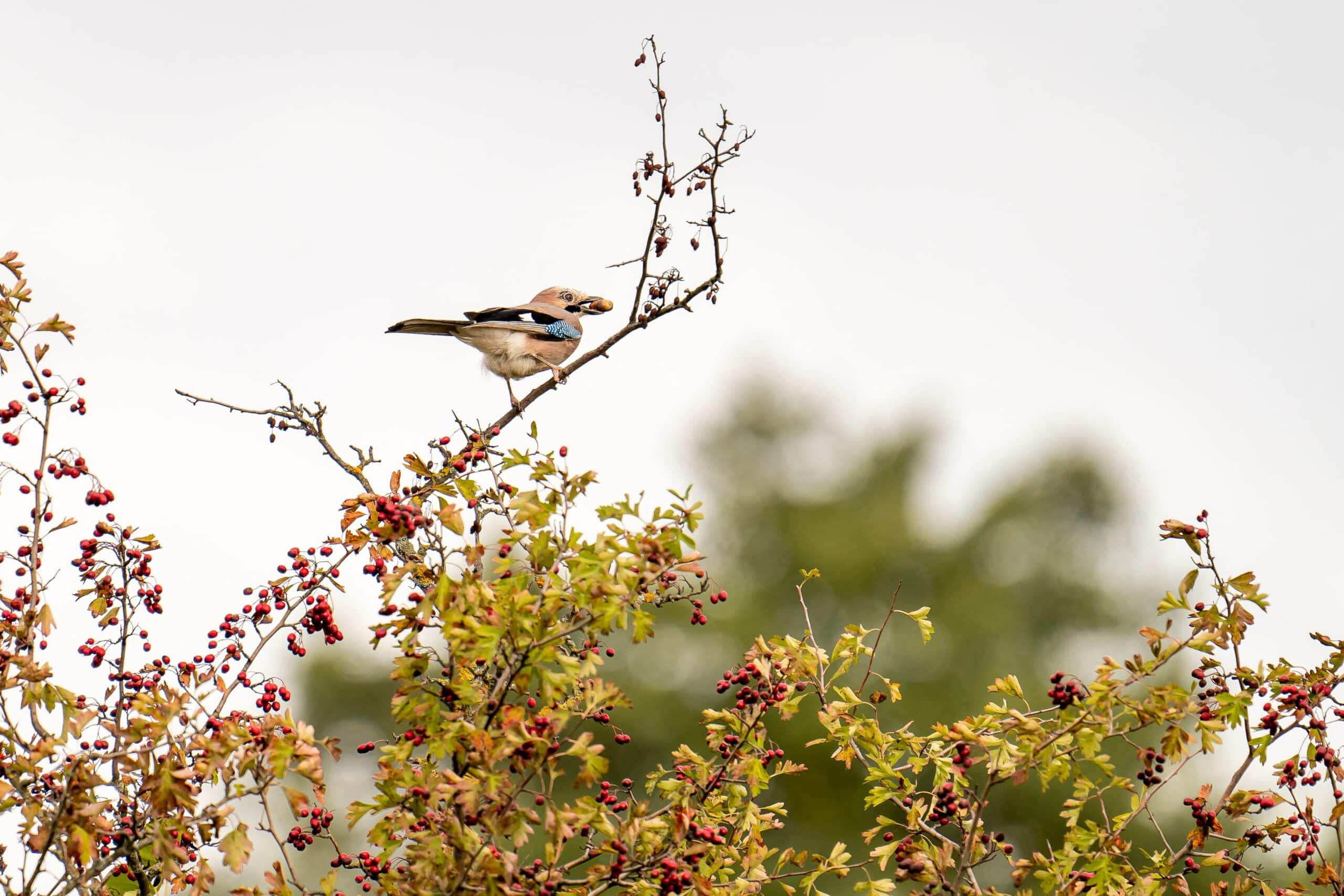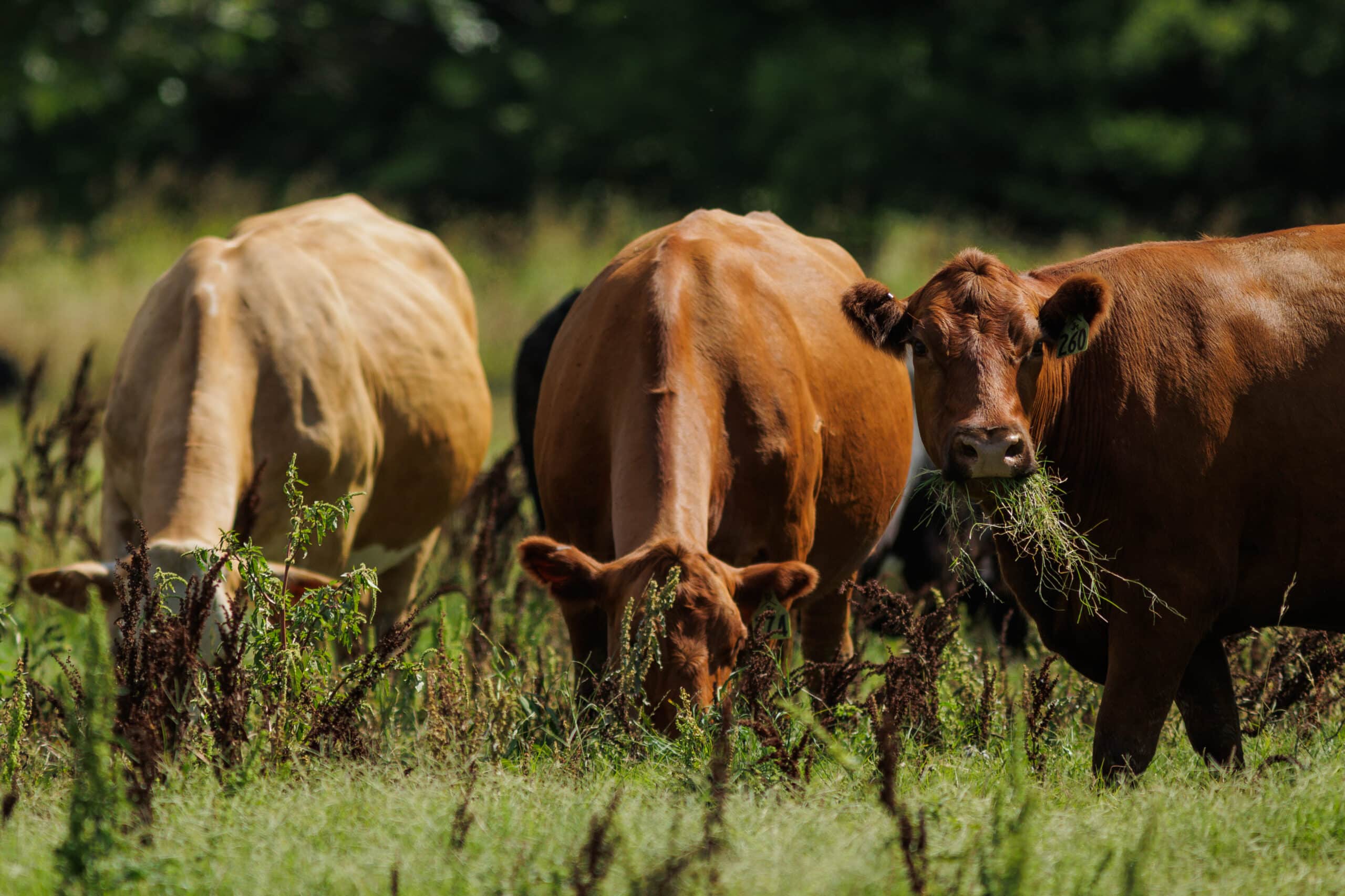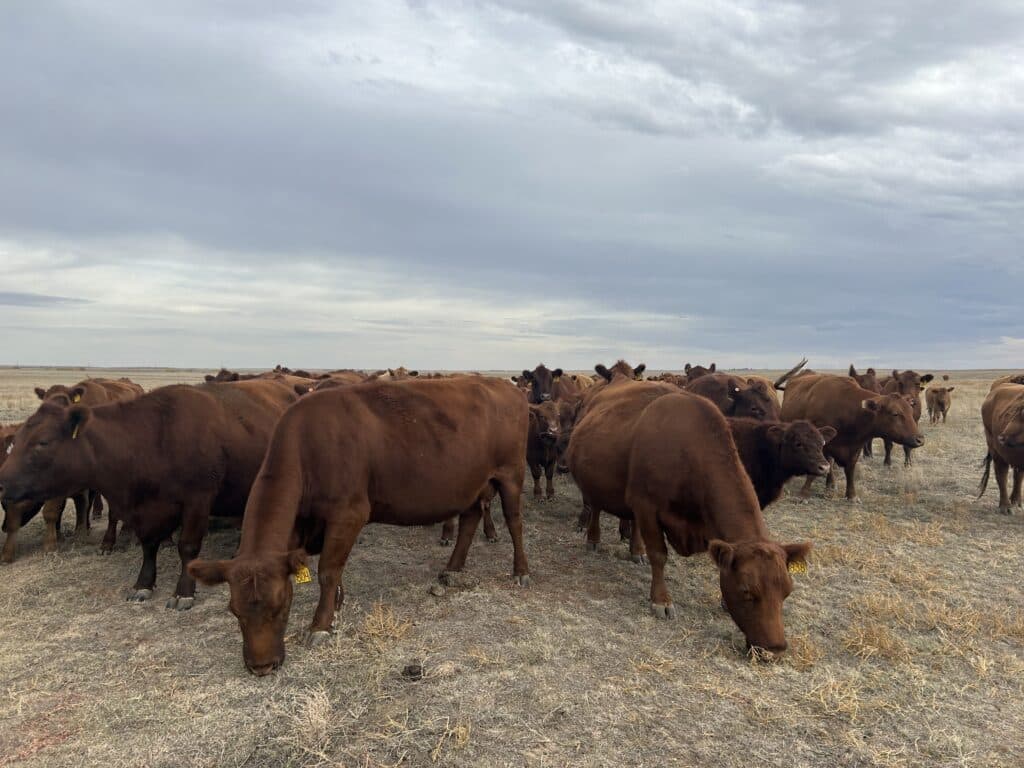Top ways to increase biodiversity on your farm

What is biodiversity and why is it important?
Biodiversity is the variety of the natural world all around us. Every living thing interacts with others within their ecosystems. These organisms exist in a delicate balance with one another and add to the diverse flora and fauna in their natural habitat. Loss of biodiversity can dangerously affect the environment around us.
How can biodiversity enhance farming?
Having a biodiverse farm strengthens the relationships between nature and the working land. This means you’ll have a healthier farming system. If you’re having problems with pests or weeds, it is likely that your system is unbalanced, favouring one species over many. Working towards a natural balance can help achieve a resilient farm or ranch.
Top 5 ways to increase biodiversity on your farm
1. Multi-species swards and field margins
Agricultural grassland predominantly consists of perennial ryegrass. Having a single species of grass greatly reduces biodiversity and has resulted in a massive decrease in ground-nesting birds.
Sowing a multi-species mix will help improve biodiversity and habitat for certain bird species. Naturally, weeds won’t thrive, and the inclusion of nitrogen-fixing clover will provide nitrogen to the soil. Keeping stocking rates low and including a longer rotation of more than 21 days will allow the swards to flourish.
Utilising every inch of land to increase profits has meant field margins are few and far between. Including a margin of at least 2 metres around your fields can benefit you as well as your wildlife. Keep livestock out with electric fencing and don’t use fertilisers in the margins because wildflowers don’t thrive in nutrient-rich soils.
Sowing a wildflower mix encourages more pollinators, insects and birds to the area. Allowing traditional grasses and broad-leaved plants to grow provides food and shelter for beetles, butterflies, bank voles, mice, shrews and birds like linnet and meadow pipit, thus enhancing your farm’s or ranch’s biodiversity.
Planting specific plants can help tackle fruit and vegetable pests as well as encourage pollination of your crops. Sweet alyssum attracts predatory insects to deal with the likes of aphids and flea beetles, whilst calendula attracts pollinators. Cornflowers and borage provide nectar throughout the year and when they die down, they provide great mulch, enriching the soil.
2. Hedgerows
Hedgerows sequester carbon, provide food for a variety of animals and create essential wildlife corridors. Small mammals and birds are reluctant to cross open fields and rely on hedgerows to move from one place to the next, so they can hide from predators. Hedgerows also provide shelter from wind, rain and sun for your livestock.
Allow some of your hedgerows to grow without trimming their tops too often. Birds prefer to nest in hedgerows over 1.4 metres high and berries provide essential food.
Plant native species in your hedgerows. For example, holly, blackthorn, spindle, guelder rose, hazel and hawthorn all increase biodiversity. Hawthorn provides food for many insects and birds.
3. Silvopasture
Planting trees on your farm enhances biodiversity. The physical characteristics of different trees provide homes for a variety of wildlife. They also improve soil health bringing nutrients up from deep underground; reduce flooding by managing water flow; help tackle climate change by sequestering carbon; and provide shelter and browse for livestock.
So which trees and shrubs should you plant?
In the northern hemisphere, blackthorns flower early in the year providing some of the earliest food for insects and birds; hawthorns provide shelter for hedgehogs and nesting birds; alder, willow, and poplar are fast growing, reaching above grazing height quickly, therefore enabling integration with grazing livestock quicker.
4. Improving and creating water sources
When livestock access natural waterways, they trample the vegetation, damage the riverbanks and pollute the water. Nitrogen and phosphorous released into the water from livestock waste can lead to algal blooms and ultimately a drop in aquatic oxygen. Providing alternative water sources for your livestock can help keep natural ones healthy.
Digging ponds can provide great habitat for a huge range of wildlife from frogs and newts to dragonflies and damselflies. Aquatic plants such as water mint can provide food for butterfly larvae and serve as a substrate from which dragonfly and damselfly adults emerge. Maintaining a pond is relatively easy. As long as it holds water year-round and isn’t overcome by vegetation, a pond provides a wildlife haven that boosts biodiversity on your farm.
5. Grazing management
Sheep are selective grazers. They favour certain grasses over others allowing less favourable grass to thrive. If cattle are introduced to the pasture simultaneously, they happily eat the less palatable grasses left by the sheep. Cattle also break up large grass tussocks with their heavier tread.
Grazing sheep and cattle together on unimproved grassland enhances the pasture biodiversity and livestock production. Pasture usage and animal growth rates are increased with simultaneous grazing whilst parasite burdens decrease.
Biodiversity and practicality
This is all well and good, but you’re probably thinking that you don’t have the time or money to improve biodiversity on your farm.
It may best to focus on one area at a time. Reducing your hedgerow trimming and incorporating field margins the next time you plough your fields will save you time and money on fertiliser whilst increasing biodiversity. Planting fruit trees as part of your silvopasture offers another revenue stream whilst also allowing livestock to graze beneath.
Financial incentives
In the UK, the countryside stewardship scheme provides financial incentives for farmers to improve their environment. With a lack of funding considered the biggest obstacle to improving biodiversity such as planting hedgerows, farmers are asking for financial help. Ministers have said they will consider this in 2023. ADAS can assist with developing a biodiversity plan specifically for your farm. Check out their website for more details.
Use AgriWebb to map your farm and monitor your grazing. Click here for more details.


